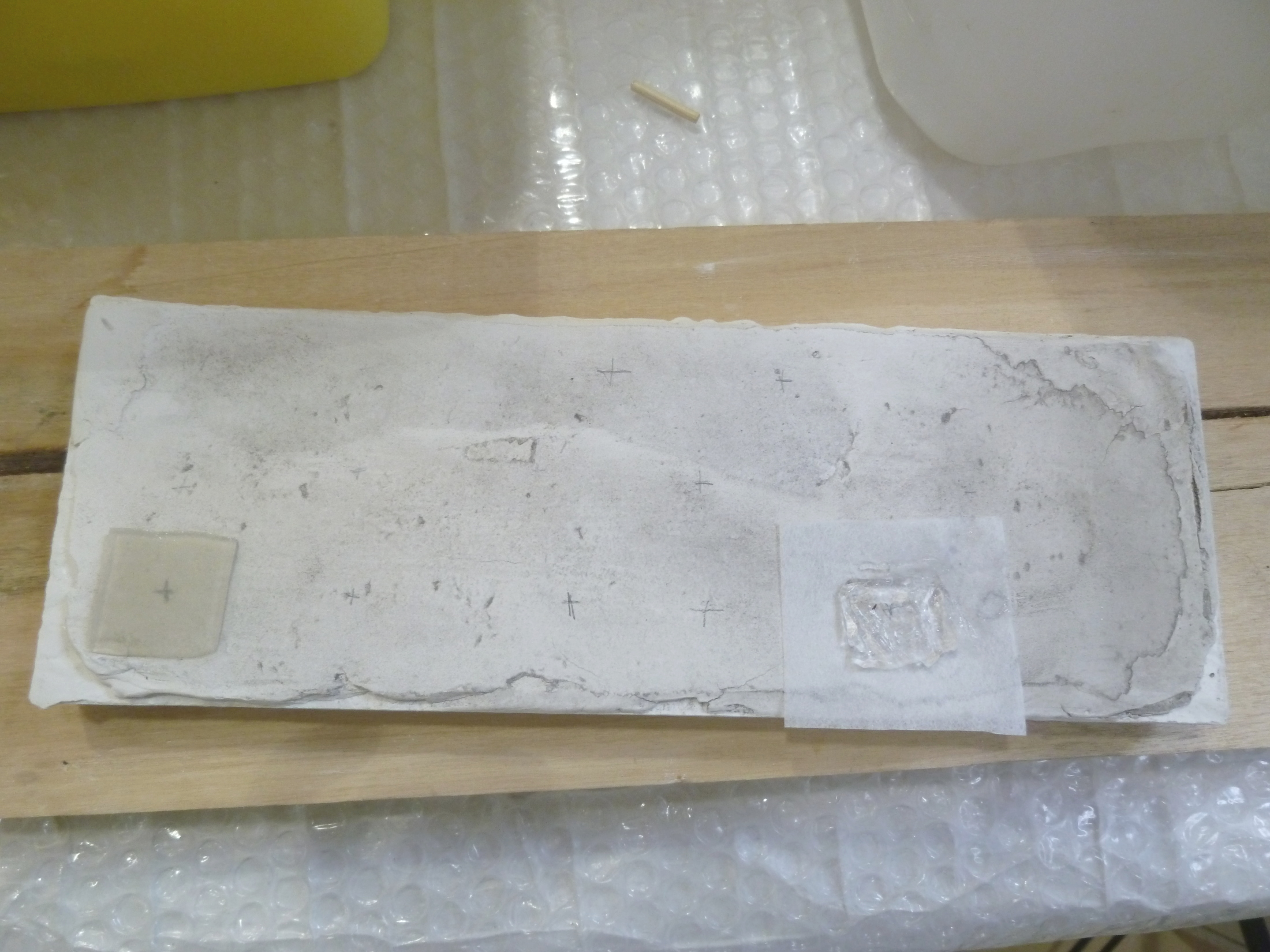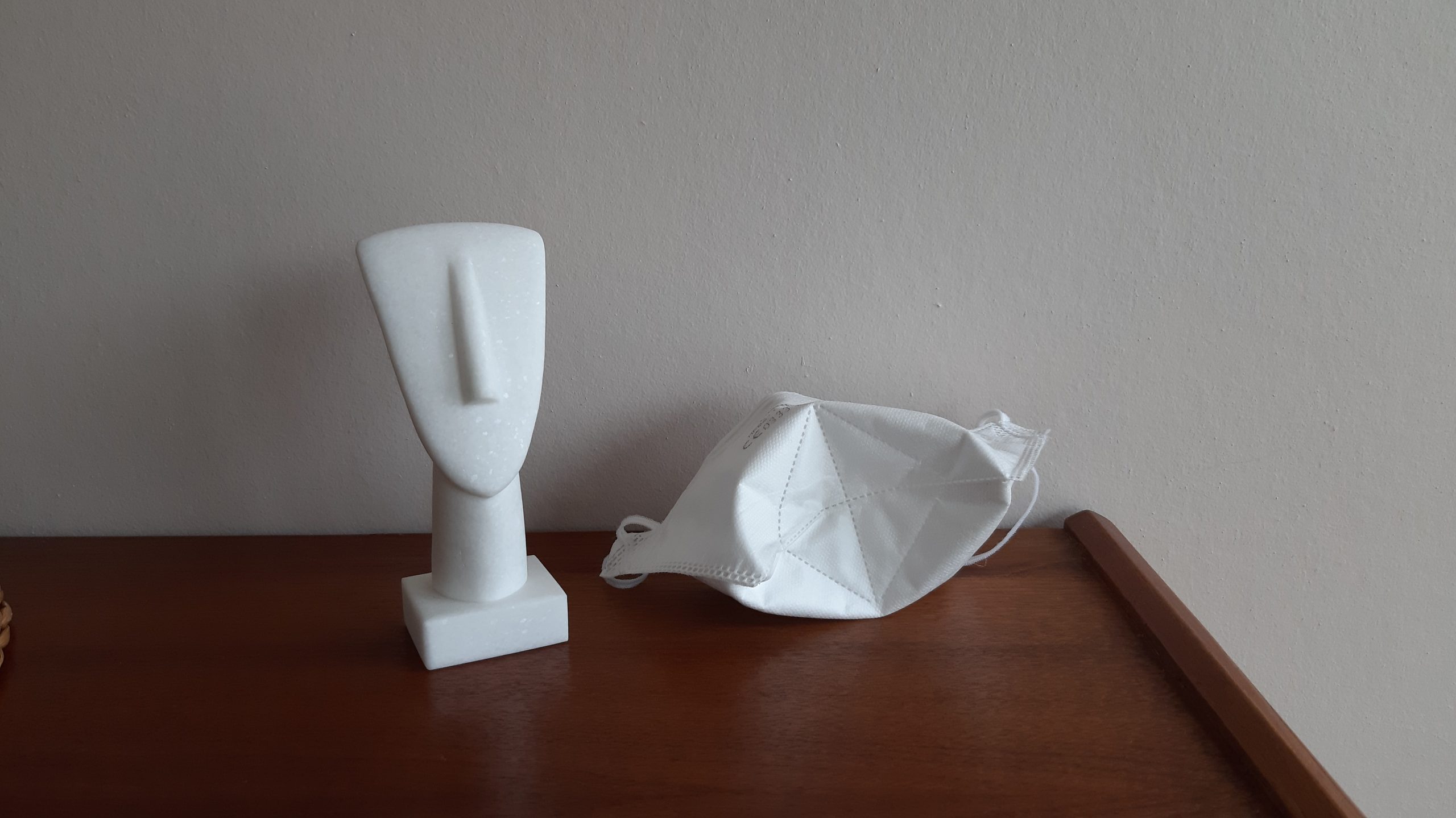Gelled cleaning systems are more frequently used in the conservation of a variety of materials. Over our many works of art conservation in Brussels, we have used different techniques, including the gels. Here’s why and how we like this cleaning system when hired to restore art pieces.
Using gels in art conservation: our system
Why do we choose to use a gelling material for the cleaning of a surface?
I know, preparing a gel takes time and experience, but there are a lot of positive sides in using a gel instead of a free solvent:
- A gel allows more control of the cleaning process in terms of time in contact with the surface.
- It allows to limit the cleaning action to a specific area.
- They can be used in every situation, also on vertical surfaces and ceilings.
- Last but not least, as its traps the solvents and slowly releases the solvent molecules, it is safer for the restorer, especially with the most volatile solvents.
How does a gel work in practice?
A gel is constituted by a gelling agent, which is ideally inactive, that carries an active ingredient: a solvent or a solution of solvents, water, a controlled pH solution, and/or enzymes.
So basically, after having chosen through a selective procedure (cleaning tests) the active ingredient for our scope, we can choose between the existing gelling materials (see “gelling materials”) the best one for the specific case: not only does it have to be able to carry our active agent, but it also has to be compatible with the surface of the artwork.
Coming soon, a few articles on the differences between gelling materials.


